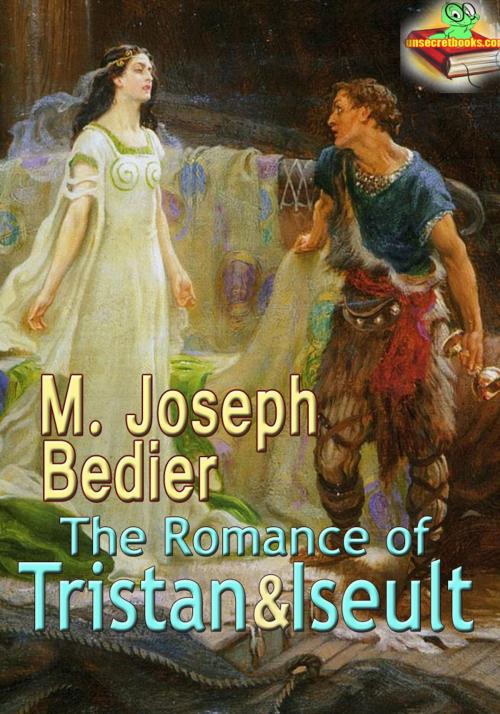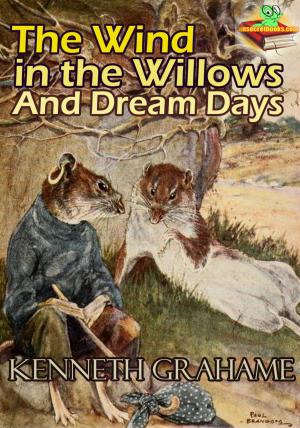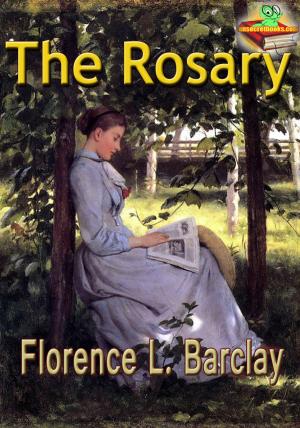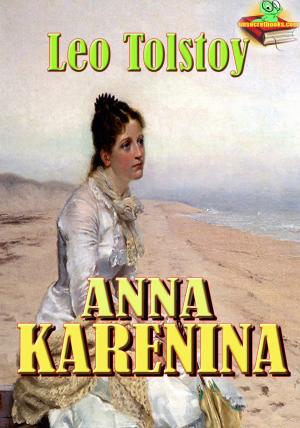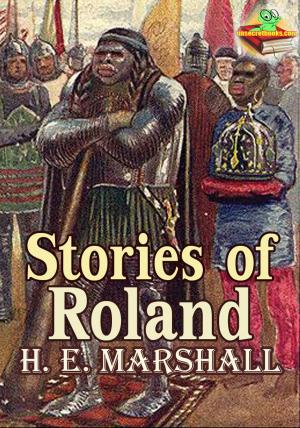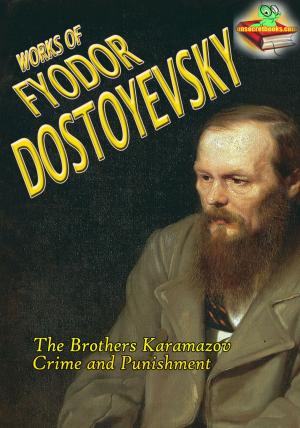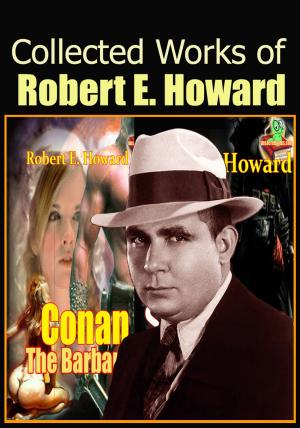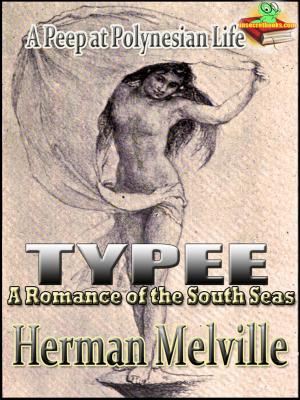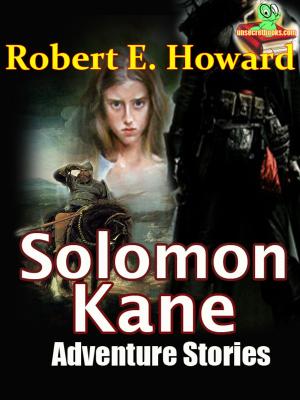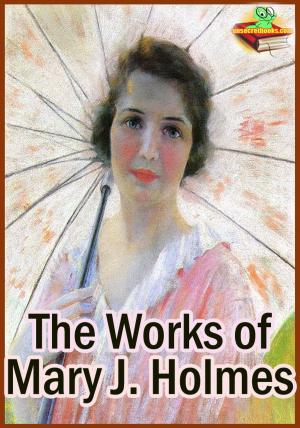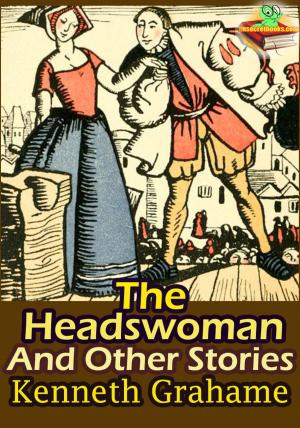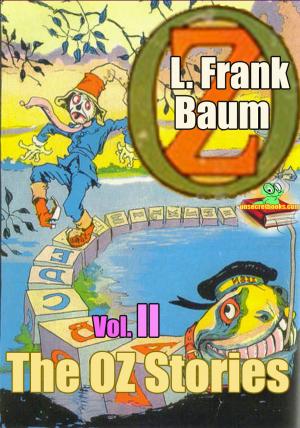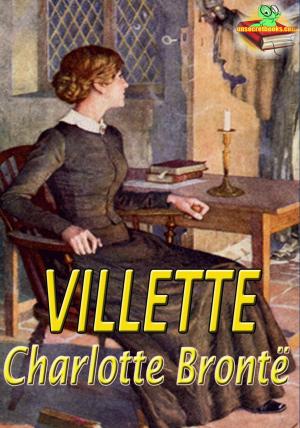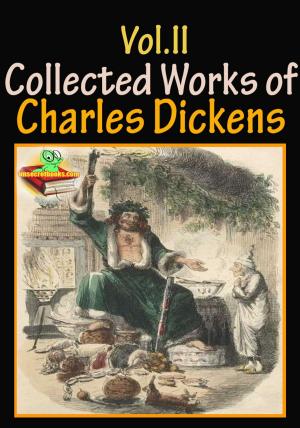The Romance of Tristan And Iseult: The Romantic Love Novel
(With Audiobook Link)
Kids, Fiction, Love and Romance, Teen, Fiction - YA, Romance| Author: | M. Joseph Bedier | ISBN: | 1230000191207 |
| Publisher: | Unsecretbooks.com | Publication: | October 19, 2013 |
| Imprint: | Language: | English |
| Author: | M. Joseph Bedier |
| ISBN: | 1230000191207 |
| Publisher: | Unsecretbooks.com |
| Publication: | October 19, 2013 |
| Imprint: | |
| Language: | English |
Tristan and Iseult is a legend made popular during the 12th century through French medieval poetry, and inspired from archetypal Celtic legends. It has become an influential romance and tragedy, retold in numerous sources with as many variations. The tragic story is of the adulterous love between the Cornish knight Tristan (Tristram) and the Irish princess Iseult (Isolde, Yseult, etc.). The narrative predates and most likely influenced the Arthurian romance of Lancelot and Guinevere, and has had a substantial impact on Western art, the idea of romantic love and literature since it first appeared in the 12th century. While the details of the story differ from one author to another, the overall plot structure remains much the same.
There are two main traditions of the Tristan legend. The early tradition comprised the French romances of two poets from the second half of the twelfth century, Thomas of Britain and Béroul. Their sources could be traced back to the original, archetypal Celtic romance. Later traditions come from the Prose Tristan (c. 1240), which was markedly different from the earlier tales written by Thomas and Béroul. The Prose Tristan became the common medieval tale of Tristan and Iseult that would provide the background for the writings of Sir Thomas Malory, the English author, who wrote Le Morte d'Arthur (c. 1469).
The story and character of Tristan vary from poet to poet. Even the spelling of his name varies a great deal, although "Tristan" is the most popular spelling. Most versions of the Tristan story follow the same general outline.
After defeating the Irish knight Morholt, Tristan goes to Ireland to bring back the fair Iseult for his uncle King Mark to marry. Along the way, they ingest a love potion which causes the pair to fall madly in love. In the courtly version, the potion's effects last for a lifetime; in the common versions, the potion's effects wane after three years. In some versions, they ingest the potion accidentally; in others, the potion's maker instructs Iseult to share it with Mark, but she deliberately gives it to Tristan instead. Although Iseult marries Mark, she and Tristan are forced by the potion to seek one another as lovers. Although the typical noble Arthurian character would be shamed from such an act, the love potion that controls them frees Tristan and Iseult from responsibility. The king's advisors repeatedly try to have the pair tried for adultery, but again and again the couple use trickery to preserve their façade of innocence. In Béroul's version, the love potion eventually wears off, and the two lovers are free to make their own choice as to whether they cease their adulterous lifestyle or continue.
Tristan and Iseult is a legend made popular during the 12th century through French medieval poetry, and inspired from archetypal Celtic legends. It has become an influential romance and tragedy, retold in numerous sources with as many variations. The tragic story is of the adulterous love between the Cornish knight Tristan (Tristram) and the Irish princess Iseult (Isolde, Yseult, etc.). The narrative predates and most likely influenced the Arthurian romance of Lancelot and Guinevere, and has had a substantial impact on Western art, the idea of romantic love and literature since it first appeared in the 12th century. While the details of the story differ from one author to another, the overall plot structure remains much the same.
There are two main traditions of the Tristan legend. The early tradition comprised the French romances of two poets from the second half of the twelfth century, Thomas of Britain and Béroul. Their sources could be traced back to the original, archetypal Celtic romance. Later traditions come from the Prose Tristan (c. 1240), which was markedly different from the earlier tales written by Thomas and Béroul. The Prose Tristan became the common medieval tale of Tristan and Iseult that would provide the background for the writings of Sir Thomas Malory, the English author, who wrote Le Morte d'Arthur (c. 1469).
The story and character of Tristan vary from poet to poet. Even the spelling of his name varies a great deal, although "Tristan" is the most popular spelling. Most versions of the Tristan story follow the same general outline.
After defeating the Irish knight Morholt, Tristan goes to Ireland to bring back the fair Iseult for his uncle King Mark to marry. Along the way, they ingest a love potion which causes the pair to fall madly in love. In the courtly version, the potion's effects last for a lifetime; in the common versions, the potion's effects wane after three years. In some versions, they ingest the potion accidentally; in others, the potion's maker instructs Iseult to share it with Mark, but she deliberately gives it to Tristan instead. Although Iseult marries Mark, she and Tristan are forced by the potion to seek one another as lovers. Although the typical noble Arthurian character would be shamed from such an act, the love potion that controls them frees Tristan and Iseult from responsibility. The king's advisors repeatedly try to have the pair tried for adultery, but again and again the couple use trickery to preserve their façade of innocence. In Béroul's version, the love potion eventually wears off, and the two lovers are free to make their own choice as to whether they cease their adulterous lifestyle or continue.
